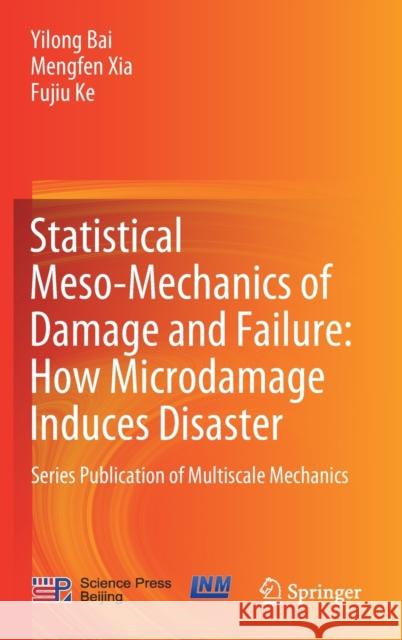Statistical Meso-Mechanics of Damage and Failure: How Microdamage Induces Disaster: Series Publication of Multiscale Mechanics » książka
topmenu
Statistical Meso-Mechanics of Damage and Failure: How Microdamage Induces Disaster: Series Publication of Multiscale Mechanics
ISBN-13: 9789813291911 / Angielski / Twarda / 2019 / 497 str.
Statistical Meso-Mechanics of Damage and Failure: How Microdamage Induces Disaster: Series Publication of Multiscale Mechanics
ISBN-13: 9789813291911 / Angielski / Twarda / 2019 / 497 str.
cena 576,96 zł
(netto: 549,49 VAT: 5%)
Najniższa cena z 30 dni: 575,62 zł
(netto: 549,49 VAT: 5%)
Najniższa cena z 30 dni: 575,62 zł
Termin realizacji zamówienia:
ok. 20 dni roboczych.
ok. 20 dni roboczych.
Darmowa dostawa!
Kategorie:
Kategorie BISAC:
Wydawca:
Springer
Język:
Angielski
ISBN-13:
9789813291911
Rok wydania:
2019
Wydanie:
2019
Ilość stron:
497
Waga:
0.88 kg
Wymiary:
23.39 x 15.6 x 2.87
Oprawa:
Twarda
Wolumenów:
01
Dodatkowe informacje:
Wydanie ilustrowane











